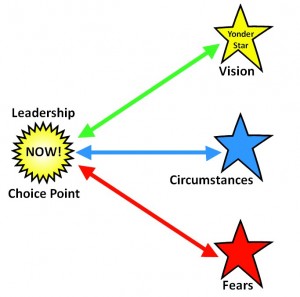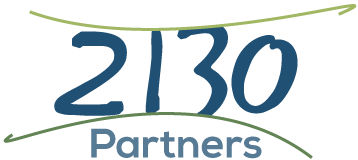A Google search for time management blogs produces more than 20,000,000 results. Charles Kettering’s well known phrase “a problem well stated is a problem half solved” gives us a clue as to why so many people are writing and speaking about time management and yet we see a huge percentage of our clients suffering trying to manage their time. We believe the problem neeeds to be “well stated” or reframed. The “Frindt Correlate” to Mr. Kettering’s thoughtful phrase is “a problem misnamed is a problem stuck!”
If you think about it for more than a second or two, it’s clear that you can’t manage time! Time passes tick-tock. In our normal world, (excluding quantum physics from this discussion), it does not go faster or slower and no one has more or less of it than you do. If you want to push that examination to another level, notice that it is always and only ever now. Even when you get to that concept you call the future it will still be now.
Language is the software that drives our brain’s problem-solving efforts. As a result of misnaming, the brain is working on the wrong issue and the pain continues. So how can you think about this subject in a way that produces more valuable outcomes, reduces your stress, and allows you to lead an integrated life?
First, be accurate in your thoughts and spoken words. Describe what you can actually manage. You can, for example, manage your priorities. You can manage which ones you act on and how much time you spend on them. You can manage your conversations, both the ones you have and with whom you have them.
To gain real power in the aforementioned management steps, create a vision, or what we would call a “Yonder Star” for yourself and share it with your teams – or in your family for that matter. This step will give you a sense of direction and allow you to sort out your priorities in a meaningful way. In the absence of a vision or goal, and alignment with those around you, “any road will get you there…” or, as the Zen Master said, “if we don’t change directions, we will likely end up where we are headed.” In the case of many unexamined lives, that is mostly around in circles.
It is important to examine the associative learning you have that drives your current behavior. You may find that you will be required to have a number of difficult conversations with some of those around you to gain control of the ability to set your priorities or at least to freely choose priorities that are imposed by others. If you discover that too many of those types of priorities are driving your life and that they actually conflict with your own authentic priorities, it will be time for a career decision!
The Operating Principles that we employ in our engagements, and aspire to live by in our personal lives, will be important to keep in mind as you engage in shared priority conversations.Our book, Accelerate, was created to empower you in such pursuits, as is our e-course, and new materials that we will be launching over the next few months.
Take action, log your thoughts so you can manage your brain more productively and be at the Leadership Choice Point more frequently. Notice how, with practice, you are spending more time on what’s important to you, feeling less stressed, have more free time, and are experiencing fulfillment.

